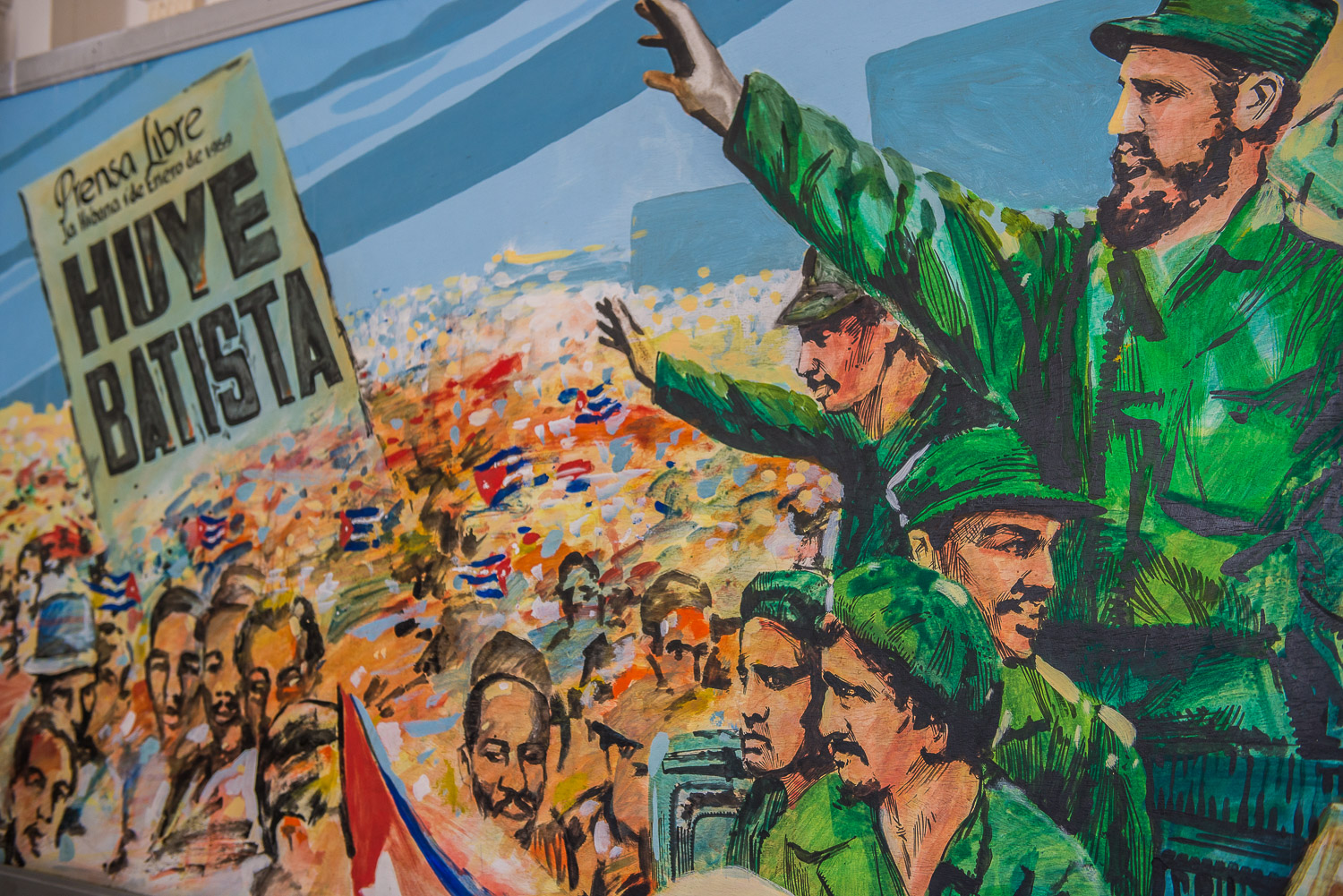An Asian Odyssey: 2010
Deep in the Cambodian jungle lie the remains of a vast ancient city, which was hidden for centuries. New archaeological techniques are now revealing its secrets – including an elaborate network of temples and boulevards, and sophisticated engineering. It is, of course, Angkor Wat.
And for half a lifetime that’s been high on my bucket list.
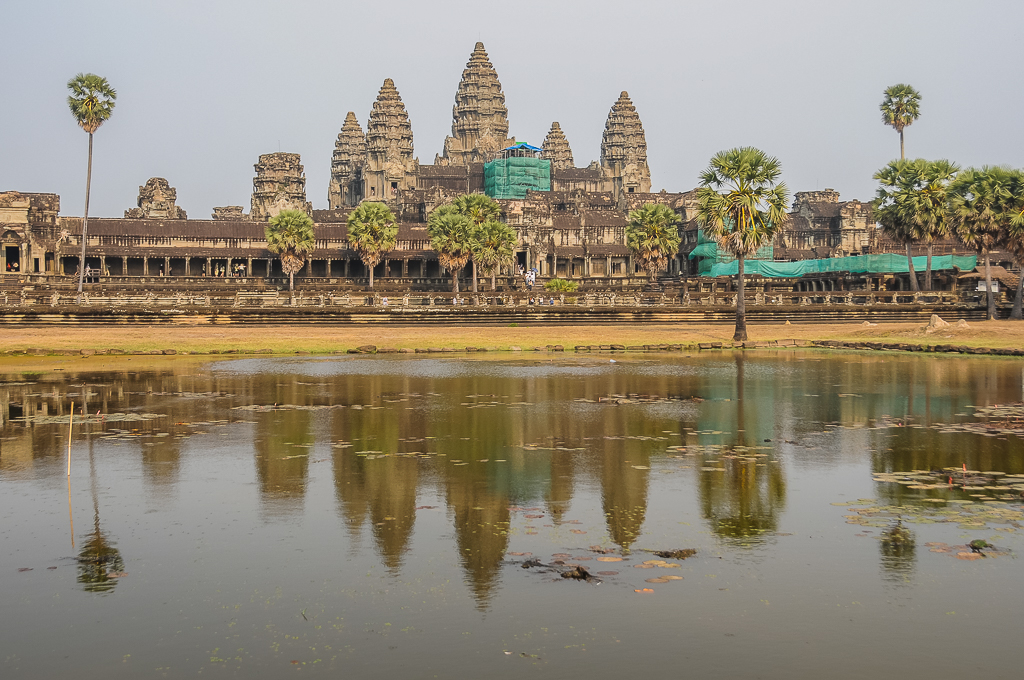
I finally got to see it in 2010, as part of an extensive trip through SE Asia. We all have bucket lists – and not only did we get to see Angkor Wat, but the Great Wall of China as well, one of the seven wonders of the world.
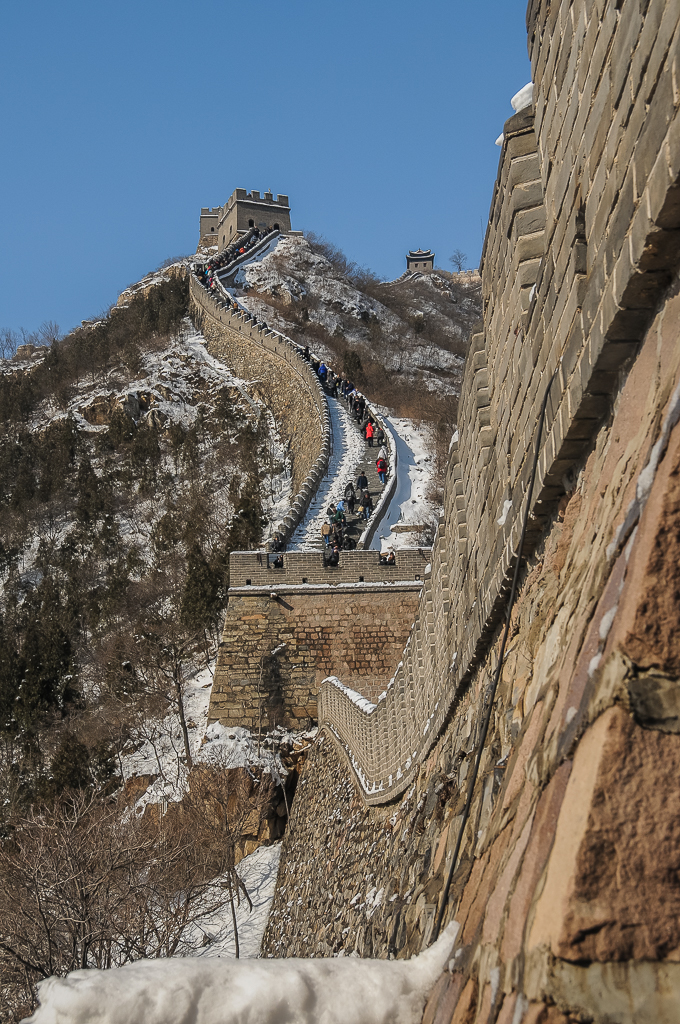
Also, the Terracottas warriors, which in my view are right up there with the other wonders: plus Beijing and the incredibly modernistic city of Shanghai – and even took a ride on Japan’s 200 miles-an-hour bullet train. That, plus much more in a month long odyssey through SE Asia.
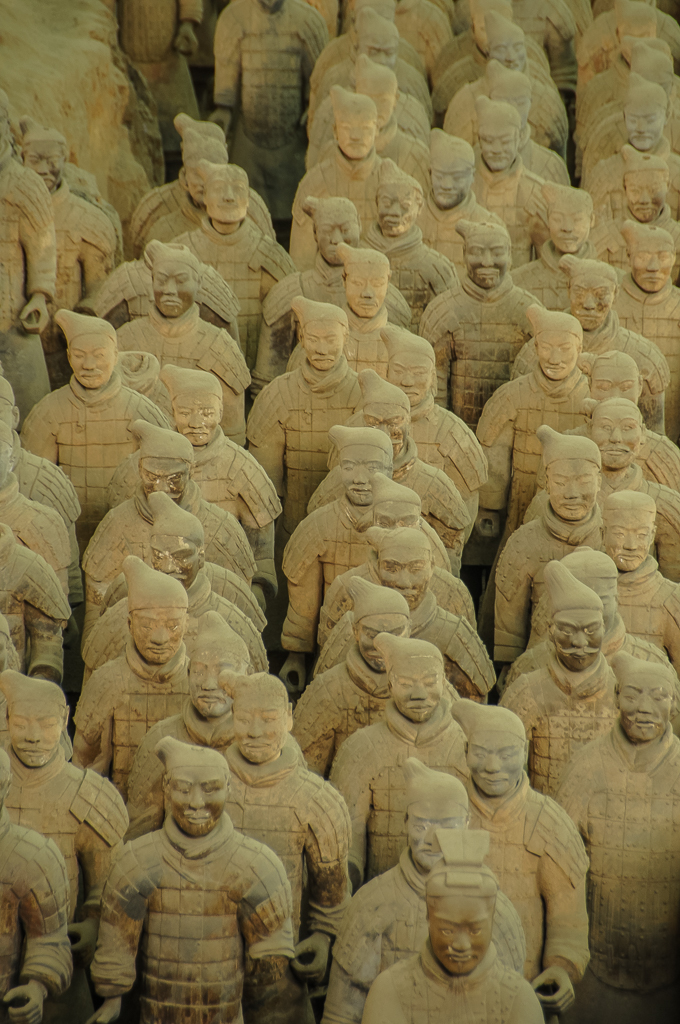
We flew into Beijing in a snowstorm in late March. Our first surprise? Just how close to Beijing is the Great Wall – at Badaling, no more than an hour’s drive. Even in snow, throngs of people were clambering over the wall built over a 2000 year period. It is nearly 4,000 miles long and a truly amazing engineering achievement.
Builders of the wall always tried to use local resources, so the walls that crossed mountains were made from stone, and the walls that crossed the plains were made from rammed earth. An estimated 400,000 workers died during the massive construction project, many of them buried inside the wall itself.

The centrepiece of Beijing is the Forbidden City, so called because it was forbidden for commoners to enter during the emperors’ reign. The area retains its reverential air and is home to the Palace Museum, and sits across the street from Tiananmen Square and Mao’s tomb.
Tiananmen Square is one of the largest public squares in the world, a sombre expanse bordered by the National Museum and the Great Hall of the People. China’s imperial palace for almost 500 years is now open to the world as the UNESCO-listed Palace Museum. While there we encountered a group of, for lack of a better word, peasants, who gawked at us as if we were aliens. Indeed it turned out they had never encountered westerners before!



We toured Beijing with a local guide, an intellectual. He was more than prepared to share his thoughts about communism and the Chinese government (very negative) with us – because our driver couldn’t understand a word of English. And for our entire time in China we were allowed to wander around and take photographs without restrictions.
We headquartered ourselves at the Peninsula Palace Hotel in Beijing, and I left there early one morning for a day trip to Xi’an, one of the oldest cities in China, to see the Terracotta Army, built by Emperor Qin Shihuang in the 3rd century B.C.
It was a two-hour flight, and in Xi’an I met a guide who drove me to the archaeological site. The life-size, chalky gray warriors were meticulously detailed and demonstrated a stunning, almost overwhelming show of force which included infantrymen, archers, even a few horses. It took my breath away.




The terracotta warriors were created to guard the tomb of Qin Shi Huang (259-210 BC), and have been proclaimed the 8th wonder of the world and the most important archaeological find of the 20th century.
Excavating this national treasure began in 1974 after pieces of terra cotta were discovered by peasants digging a well, and the site was opened to the public in 1979.
Proceeding slowly past the six-thousand-strong life-size warriors in the first and largest archaeological pit, I marvelled at the authenticity of each figure. Many of the warriors held weapons of the day – crossbows, long bows, spears, and dagger axes unearthed among the 10,000 pieces removed from the site.
It was an easy day trip from Beijing and well worth the cost of about $500.
Then to Shanghai – now China’s most cosmopolitan city, with a population of some 25 million people, including more than 160,000 millionaires and a couple of dozen billionaires.
Funnily enough, my preconceived image of the city was that it was a dirty, corrupt place with many hidden dangers. Nothing could be further from the truth – it was clean, modern and the people very friendly. We splurged by staying at the Four Seasons Hotel, mostly because of my paranoia over safety, but it was within walking distance of the dramatic downtown structures.
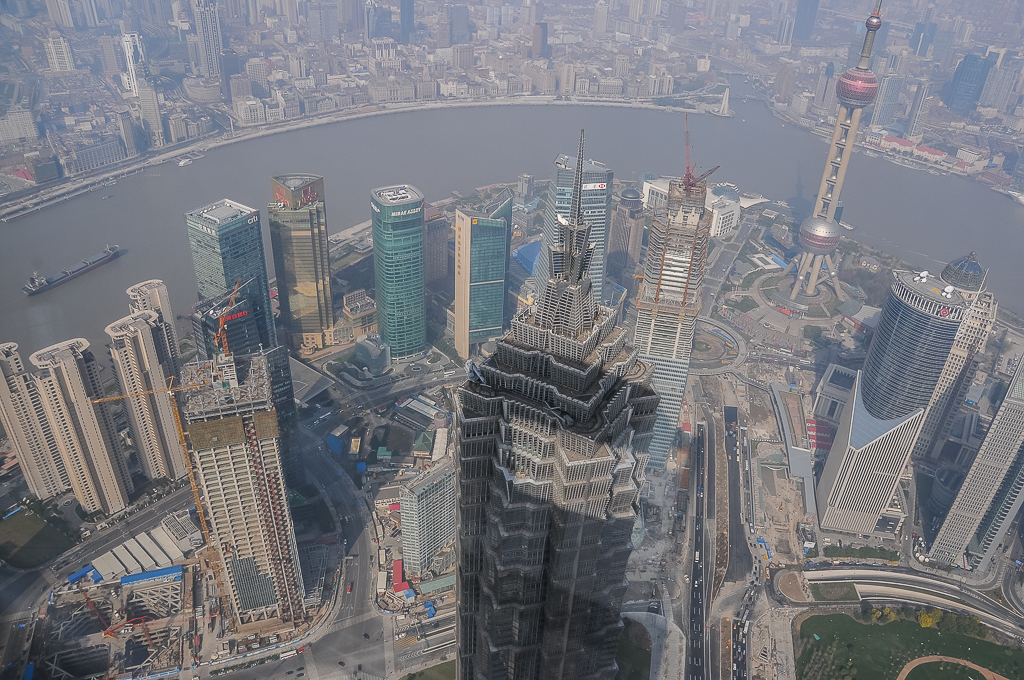
Many of the city’s 100-storey buildings glowed pink and purple when viewed at sunset from the Bund’s majestic waterfront. I talked my way into a restaurant on top of one of the tallest buildings on the Bund to get some stunning photographs.
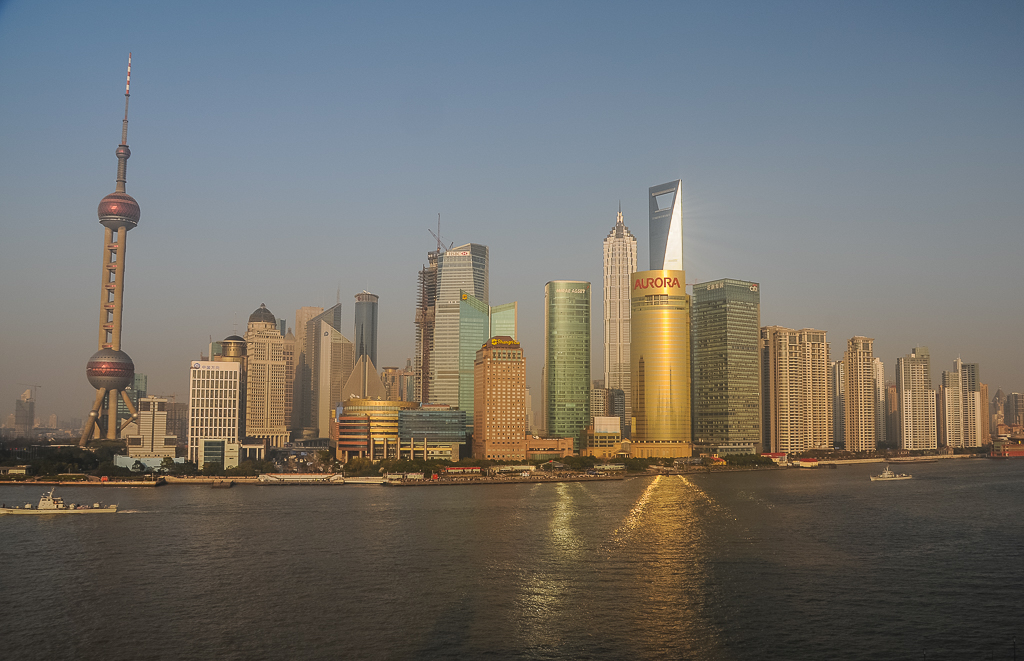
And away from the business-like veneer of Pudong, the financial district, we found quiet tree-lined streets, boutiques and cafés in the Former French Concession; as well as Buddhist temples, ancient gardens and a handful of original neighbourhoods which have managed to escape the wrecking ball.
From Shanghai we boarded a Princess cruise ship, the Sea Princess, with stops including Taiwan, Hong Kong, Vietnam and Thailand.
The 700 passenger ship made a brief stop at Okinawa, Japan, before heading to Keelung, Taiwan. The highlights included visiting Chiang Kai Shek’s memorial hall in Taipei, along with the Confucius Temple before heading to the top of the city’s 101-floor Sky Tower for an unparalleled view of the entire metropolitan area.


It was our fourth visit to Hong Kong – so we went up to Victoria Peak to see how the city had grown since we were last there a decade earlier. And the skyline from up there seemed to have doubled in size. We had a lunch at a floating restaurant with locals in the bay of the fishing village of Aberdeen. The Peking duck was the best I’ve ever tasted.
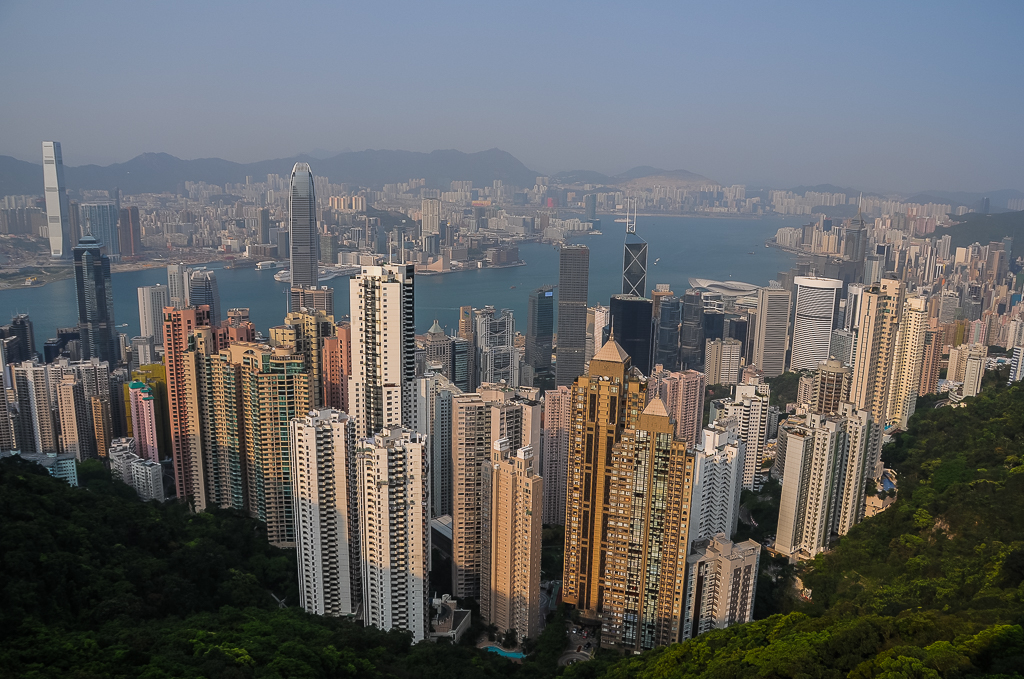


Then we set sail for Vietnam – Da Nang and Ho Chi Minh City. Vibrating with energy, innovation and traffic – lots of traffic – Ho Chi Minh City, formerly known as Saigon, is the economic heart of Vietnam.
It is hard to believe how the city has changed since the Vietnam war (or the American War as the Vietnamese call it). We drank it all in – literally – on the infamous rooftop bar at the Rex Hotel.
The hotel was famous during the Vietnam War when it was hosting the American Military Command’s daily news conference, derisively named Five O’Clock Follies by cynical journalists who found the optimism of the American officers misguided. Its rooftop bar was a well-known hangout spot for military officials and war correspondents.



From the rooftop we looked down on the Reunification Palace and the tree-lined Le Duan Boulevard where you’ll find the Notre Dame Cathedral and the city’s Central Post Office.
But it was the sights and sounds of the city’s seven million motorcycles that we’ll never forget, along with the telegraph poles with thousands of cables and wires wrapped around them, looking perilous.
But one of the best side trips in Vietnam was to a traditional fishing community, Hoi An, a place which time had passed by. I negotiated with a local fisherman and his daughter, and they took me out in their tiny fishing boat along the river that runs through the town. It was pouring with rain, and very humid, but fascinating to see the markets, port, and buildings absolutely teaming with locals scurrying about their daily lives.
Hoi An attractions comprise centuries-old Buddhist pagodas and temples, and colonial shophouses. Once a prominent Vietnamese trading port between the 15th and 19th century, the ancient town and riverside of Hoi An city were declared a UNESCO World Heritage Site thanks to its well-preserved mix of Vietnamese, Japanese, Chinese, and French architecture.
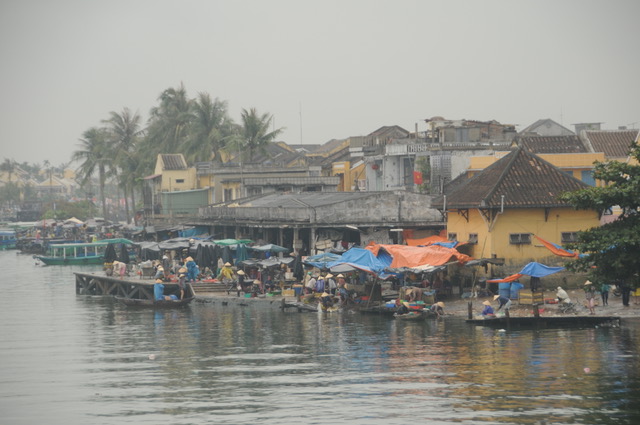
For us Hoi An’s Japanese covered bridge, which dates back to the 18th century is a beautiful historical piece of Japanese architecture, was well worth seeing. It is claimed that it was created by the Japanese then living in Hoi An as a way to reach the Chinese quarter across the water.




The people, though poor and struggling, were gracious, friendly and very welcoming.
Finally it was time to visit Angkor Wat. We left the cruise in Saigon and flew there.
The UNESCO World Heritage Site is breathtaking and thrilling to explore as you wander through the sprawling, carved ruins of a once-great civilization. It was everything I expected, and more. The size of the complex, the intricate carvings, the detailed planning, took my breath away.
We stayed nearby in a hotel run by locals in Siem Reap, and spent our first evening walking around the local market feeling totally safe – and loved meeting the locals who were mostly utterly destitute, but so proud.
Angkor Wat, constructed around 1150AD, remains the biggest religious complex on earth, covering an area four times larger than Vatican City, and attracts about two million visitors a year. Its name translates to “City of Temples”. New temples and ruins are being discovered nearly every year.
For hundreds of years many of these magnificent temples lay abandoned and forgotten, left to the forces of nature to do with them as they pleased. Thus, a plethora of trees, roots, bushes and vines have made these old temples their new home, in some case swallowing the buildings whole.









The vast metropolis that once surrounded the temples had been all but devoured by the jungle. The Angkor temple Ta Prohm is particularly spectacular and visually dramatic, with massive vines strangling the ruins. Ruins which were used as the set for the hit movie Tomb Raider.
In recent years, other similar “jungle temples” have been rediscovered, refurbished, de-mined (the presence of landmines, of course, being a natural condition, courtesy of the infamous Khmer Rouge).
I also managed to take a quick trip to Tonle Sap – the largest freshwater lake in Asia, with one million Cambodians depending on it to make a living. Ninety percent of these people live in floating villages on the lake, many in stilted houses. Most are fishermen and it is the fourth largest source of fresh water fish in the world.
To get there, I found a like-minded tourist from the US and we took a cab from Siem Reap and then hired a local fishing boat to take us to several of the stilted villages. The poverty was terrible to witness but, at the same time, families living there were, again, so proud and very welcoming.


We reluctantly left Cambodia and flew to Bangkok, Thailand.
Read any annual list of the world’s most visited cities, and Bangkok will consistently rank closed to number one. This was our next stop. The Thai capital blends history, culture, high-end and street vibes like few other places. Stop at ancient Buddhist temples on the Chao Phraya river.
Of the more than 31,000 temples, or wats, throughout Thailand, Wat Arun is one of the most iconic. The 269-foot tall prahng, a Khmer-style tower, juts out from the banks of the Chao Phraya River. This is one of the few temples in Thailand that you can climb; once you’ve ascended the steep and narrow stairs, you’re in for a great view of the river and surrounding temple complex.





One of the most memorable trips was a boat ride along some of the miles of dismal and dirty waterways in Bangkok. Regardless of their oftentimes littered appearance, these canals are a way of life for many who live alongside them in makeshift cabins built of scavenged wood and sheets of plastic: washing hanging from every crevice. And friendly people waving a warm hello.
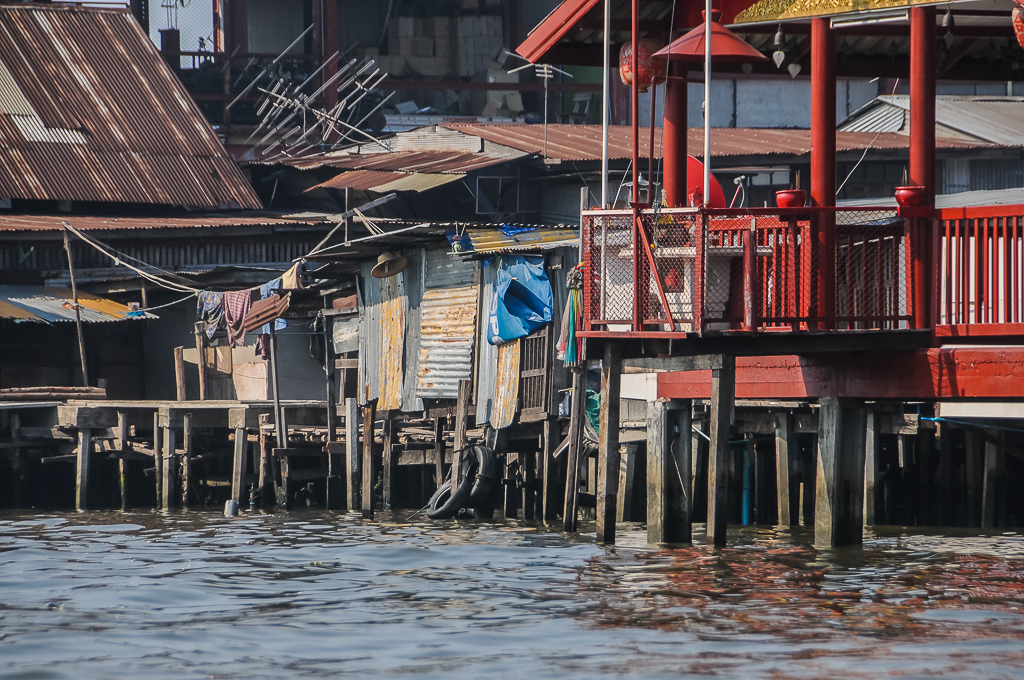

The city is full of golden Buddhas, Daoist temples clouded with incense smoke, street art, history, and a neighbourhood setting that feels untouched by time and modernization.
Highlights included the Grand Palace, which was designated in 1782 and today is home to various royal throne and ceremonial halls, as well as the sacred Temple of the Emerald Buddha.
Just before we said goodbye to Bangkok and head back to the cruise ship, a drama began to unfold. Our cab driver had taken us to a local craft shop and as we were trying to decide what to buy, he came rushing in and said we had to leave. “Right now,” he said. “Hurry, hurry!” As he half pushed us into his vehicle and started driving at break neck speed.
Literally as he was driving out of the city massive political demonstrations were gearing up and within a few hours the city was sealed off to all visitors. Our driver had a his protest scarf on his seat, but explained while it was an explosive situation, he had a duty to get us out of harm’s way. We made it back to the ship safely, just in the nick of time. No visitors were allowed into Bangkok for the following few weeks as the situation became ever more unstable.
We revisited Singapore on our final cruise stop, and loved renewing our acquaintance with a city which was barely recognizable from our last visit three decades earlier – the skyline was utterly different. Construction everywhere. But Raffles Hotel had a semblance of the familiar and we spent an evening drinking Singapore gin slings in the fabled bar, and eating nasi goreng – although the bar had been revamped since the days Ernest Hemingway was a frequent drinker there.
As the cruise ended, we took a bus 200 miles north into the Malaysian capital of Kuala Lumpur. I had always wanted to visit the Petronas Towers, the world’s tallest twin building designed by Caser Pelli. The view from the skybridge on the 41st floor allowed you to look down at the city below through glass tiles.



The other highlight was a trip outside Kuala Lumpur to the Batu Caves, a series of limestone caves said to be 400 million years with 272 steps to the top. A 140 foot high Hindu shrine – the world’s tallest statue of Murugan, a Hindu deity – is located right outside the Caves. We also visited a mosque, where guides insisted Carol-Ann was fully robed, and the local bird park which is home to over 3,000 species.
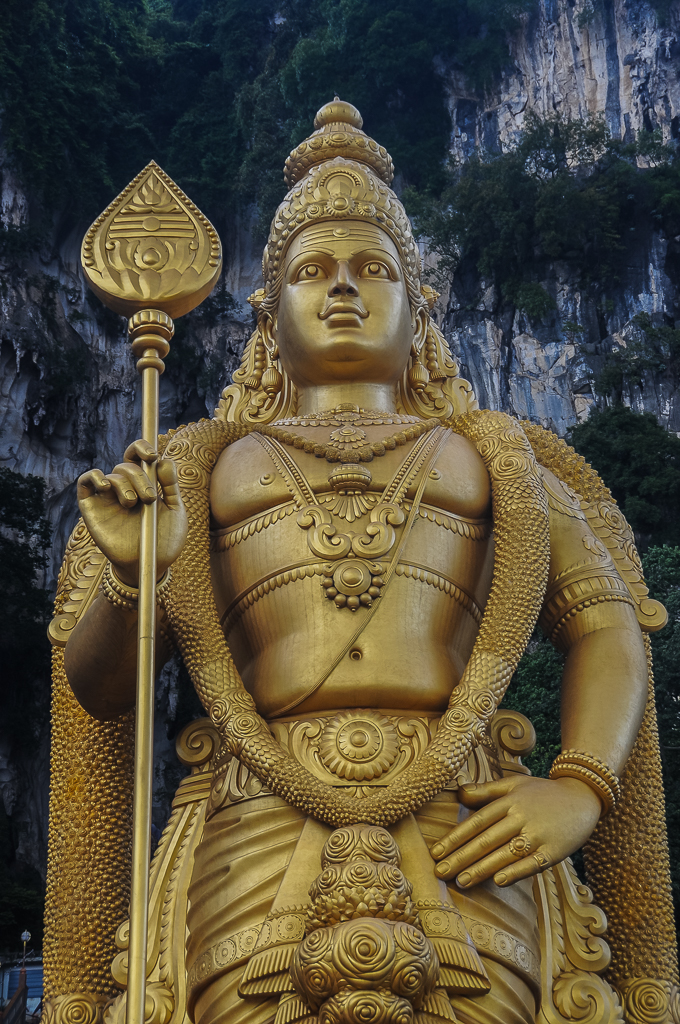
Next we flew to Tokyo, Japan, for the last leg of the trip. Our timing was impeccable – we arrived in the midst of the cherry blossom festival. We were met by what seemed like every member of the staff at our hotel bowing to us, and even had women bellhops take our heavy luggage up to our room: that has never happened anywhere else in the world!
Altogether we spent two days in the city, went up the Tokyo Tower Observatory, visited the Imperial Palace Plaza, Asakusa Kannon Temple and the Nakamise Shopping Arcade, and drove through Ueno. And we took a relaxing cruise to see the magnificent city skyline from the water, before heading to Hakone National Park to glimpse Mount Fuji. It was raining and we had our fingers crossed the clouds would part for us to actually see the mountain.





We were on a bus packed with tourists, and by sheer luck the clouds did part in time to see the snow-covered peak…but the driver wouldn’t stop! He had promised to take the 50 tourists board to a gift shop ten minutes away. I kid you not! I went ballistic, and single handedly got very angry and demanded he turn around. And, as the rest of the shocked tourists looked on mouths gaping, the driver turned around so we could see the majestic mountain just before the clouds rolled back. The gift shop came later. It was the mountain I came to see.
The mountain is just over 12,000 feet high and is an active volcano – and last erupted in 1707. It is the single most popular tourist site in Japan.
After a cruise on the picturesque Lake Ashi, below Fuji, we headed for the nearby train station to take the legendary bullet train to Kyoto. I had always dreamed of taking the bullet train – and wasn’t disappointed, especially watching the speed of the train being flashed up on electronic signs in the passenger cars. The highest we saw was 190 miles an hour.
Surrounded by the hills of Central Honshu, Kyoto is one of Japan’s largest cities and is famous for having preserved much of the atmosphere of the past having been the only major city in Japan to have escaped the devastation of World War Two.
Celebrated as the residence of the Emperor and Japan’s principal cultural centre for 1100 years, the centuries old architecture is mostly influenced by Buddhism.
The top sights were the Kyoto Nijo Castle,- built in 1603 – the Golden Pavilion, Kyoto Imperial Palace and a visit to Nara to see the Todaiji Temple, Nara Park and Kasuga Taisha Shrine.


When I close your eyes and think of Japan, I picture Kyoto: sublime Zen gardens, mysterious Buddhist temples, colourful Shinto shrines, graceful geisha.
The top sights were the Kyoto Nijo Castle – built in 1603 – the Golden Pavilion, Kyoto Imperial Palace and a visit to Nara to see the Todaiji Temple, Nara Park and Kasuga Taisha Shrine. Shopping had a certain grace, each gift painstakingly wrapped – almost a work of art.
A delightful spot to end our month long trip.
I’d like to end this piece with a proverb I read in Vietnam: A day of travelling will bring a basketful of learning.
